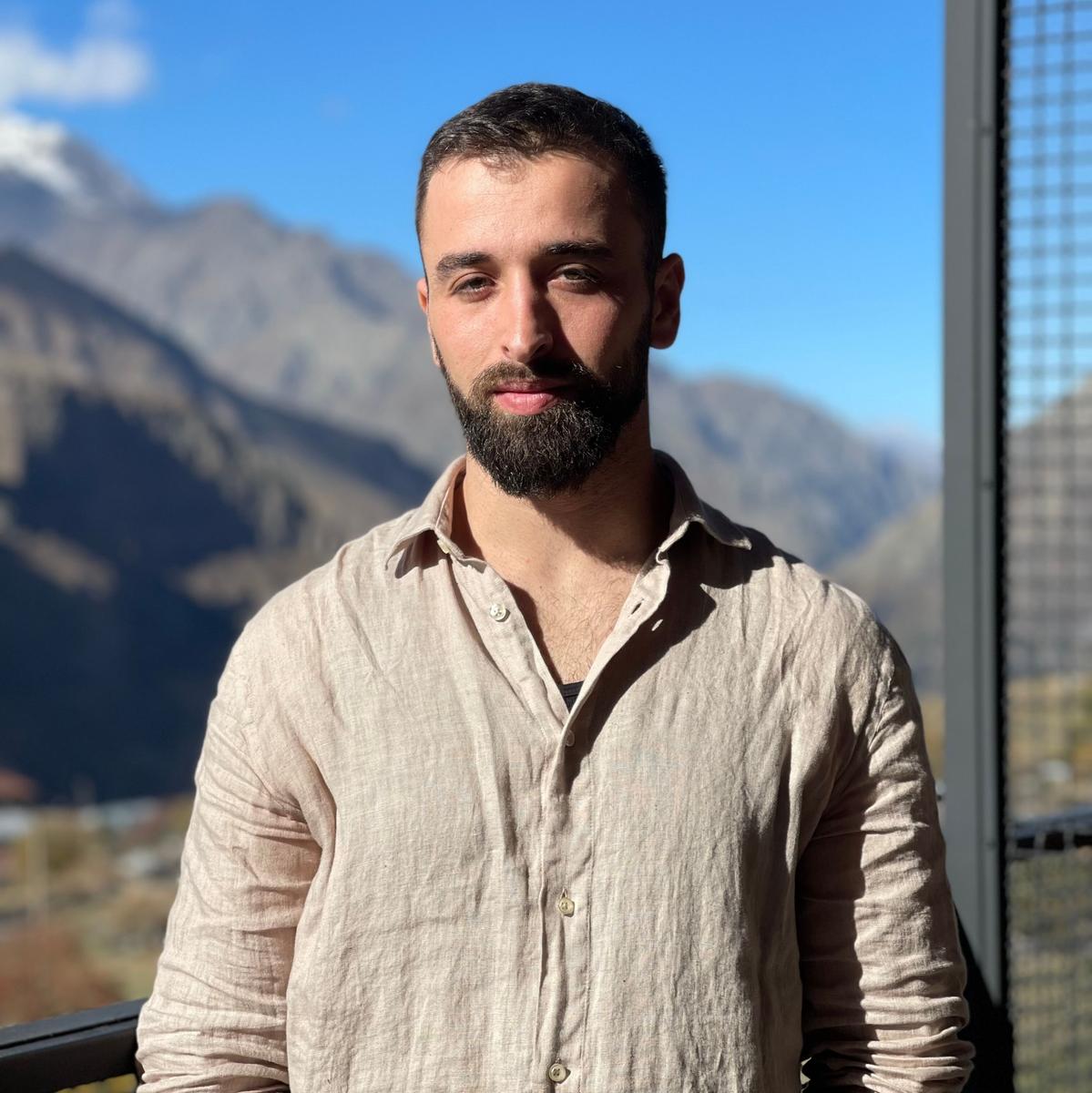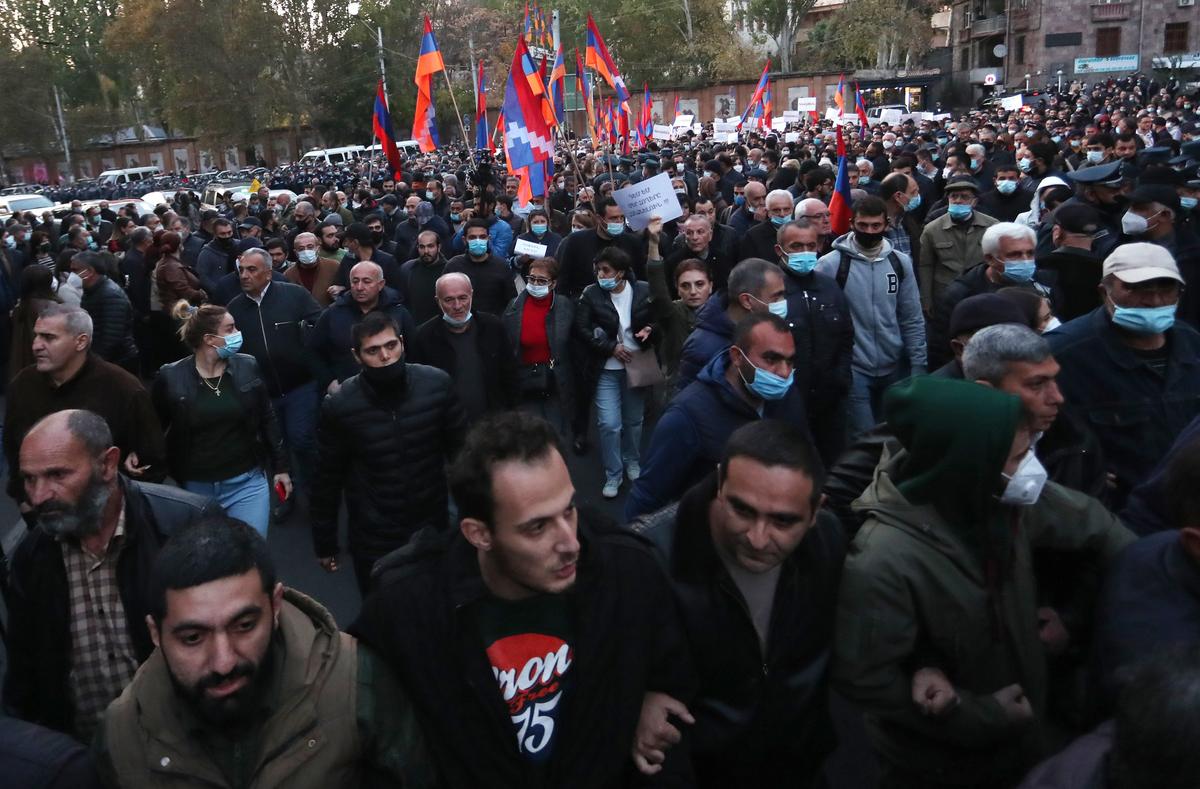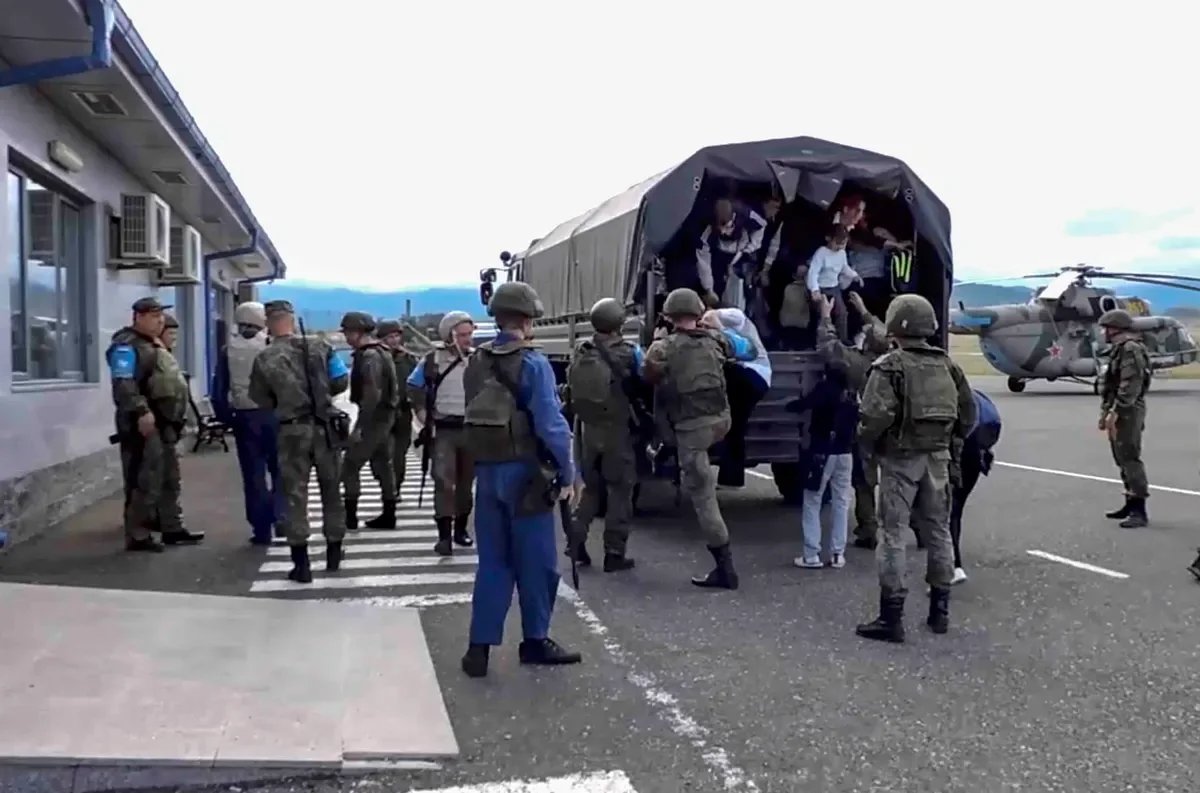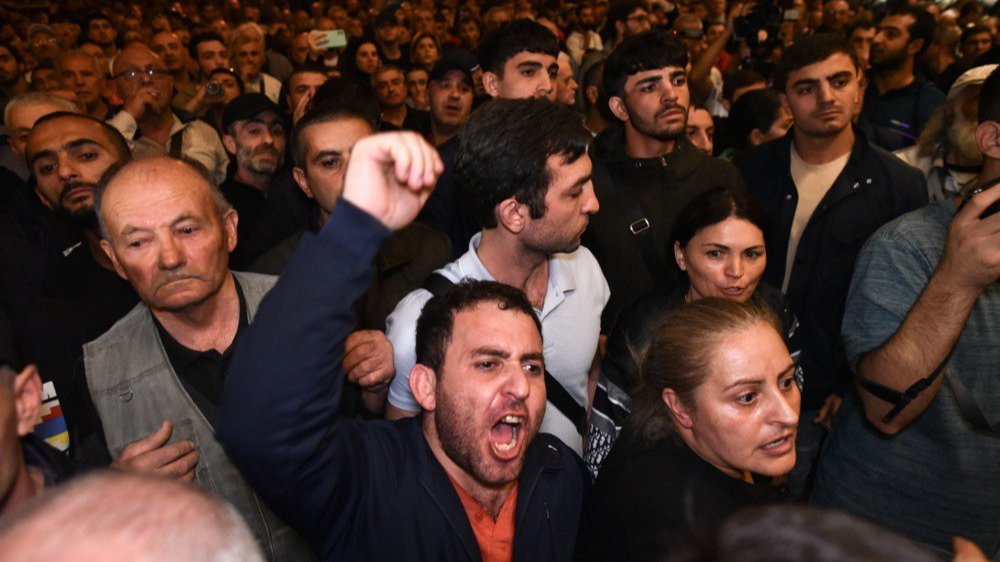Azerbaijan’s 24-hour military offensive to reclaim the breakaway region of Nagorno-Karabakh last week may well have permanently changed the balance of power in the South Caucasus.

Joseph Epstein
D.C.-based analyst covering the Middle East and Post-Soviet Space
Last week, Azerbaijani forces launched what they called an “anti-terrorist operation” against Armenian separatist troops in the region of Nagorno-Karabakh. Within 24 hours, after the destruction of four tanks, 300 explosives and 441 mortar shells belonging to the Artsakh Defense Force, the military wing of Karabakh’s unrecognized separatist authorities, separatist officials agreed to a Russian-brokered ceasefire requiring them to disarm. The separatists also met with Azerbaijani officials on Azerbaijani-controlled territory, something they had previously been unwilling to do.
Armenian Prime Minister Nikol Pashinyan tried to distance his government from the latest round of fighting. In a video address posted to the government YouTube channel, he said that attempts to involve Armenia in military confrontations with Azerbaijan were “unacceptable.” His office has also insisted the Armenian government was not involved in the ceasefire and that Russian peacekeeping forces were solely responsible for the residents of Karabakh.
But Pashinyan’s hands-off attitude has drawn the ire of many Armenians. During the clashes, mass demonstrations broke out in Yerevan’s central square with protestors chanting “Pashinyan is a traitor” and calling for the government to be overthrown.
This isn’t the first time that conflict in Karabakh has put the Pashinyan administration in a bind. In the 2020 Karabakh war, Azerbaijan reclaimed large parts of Karabakh and surrounding areas from separatist and Armenian forces.
After Pashinyan ended the war by signing a ceasefire that locked in Azerbaijani territorial gains, hundreds of Armenians blocked the streets and called for him to resign.
While Karabakh is often viewed as an Armenian proxy, Yerevan exerts little influence over the separatist government. Most of the enclave’s leadership is much closer to Russia than Armenia.

Armenian people attend an opposition rally in Yerevan, Armenia, 12 November 2020. Protesters demanded the resignation of Nikol Pashinyan and his government. Photo: EPA-EFE / VAHRAM BAGHDASARYAN
Ruben Vardanyan, a Russian-made billionaire oligarch, former advisor to Russian President Vladimir Putin and arguably the most influential enclave politician, has been implicated in schemes to launder money for the Russian government and was even referred to as “the wallet of the Russian elite” by the independent Russian media outlet Meduza. Former Karabakh President Arayik Harutunyan has called Russia a “brother country” and often reached out to Putin for help rather than asking Pashinyan. These comments were not just words. During the latest clashes, Azerbaijani forces discovered ammunition warehouses with advanced Russian Kornet guided missiles.
Although Karabakh has traditionally relied on Armenia for military support, Karabakh officials often had a stronger influence on Armenia than Armenia had on them due to the domestic popularity of their cause and their close ties to Russia and Iran. On Sunday, Pashinyan’s party lost its majority during city council elections in part due to the unpopularity of his Karabakh policy. Preceding the elections, posters were spread throughout Yerevan depicting a screaming Pashinyan under a text reading “Artsakh (the Armenian name for Karabakh) is Azerbaijan. Period.” On Tuesday, Vardanyan bragged on his Telegram Channel that Pashinyan had lost the trust of the public and would soon be voted out of power.
For the Pashinyan administration, Karabakh has been a massive obstacle to its greatest foreign policy objectives: breaking free of Russian influence, moving closer to the West and achieving regional peace. Earlier this year, Pashinyan joined the international community in recognizing Karabakh as part of Azerbaijan.
At the same time, he has refused to rule out the possibility of Armenia withdrawing from the Russian-led Collective Security Treaty Organization (CSTO) military alliance.
These steps have irked Russia, which previously served as Armenia and Karabakh’s security guarantor. The 2020 war erupted largely after Russia stepped away from the region in response to Pashinyan’s non-Kremlin approved foreign policy. This encouraged Azerbaijan, which had been biding its time to try to reclaim its territory, lost 30 years ago to Armenian forces backed by Russia.
Russia understands that the fall of Karabakh is a major blow to its influence in the South Caucasus. Moscow has traditionally used the frozen conflict as a tool for maintaining influence over both Azerbaijan and Armenia.

Russian peacekeepers evacuate civilians from 'most dangerous areas' of Nagorno-Karabakh. Photo: EPA-EFE / RUSSIAN DEFENCE MINISTRY PRESS SERVICE
Pashinyan understands this well. Following last week’s military offensive by Azerbaijan, he said that Armenia needed to be “free of conflict” for the sake of its independence.
While Pashinyan was able to survive the last protests, this time he may have more problems than just local protestors. On Monday, the Russian Ministry of Foreign Affairs accused the Armenian government of severing ties between the countries and becoming a “hostage to Western geopolitical games.” Last Tuesday, the pro-Armenian government Telegram Channel Bagramyan 26 claimed that the Kremlin had sanctioned a coup in Yerevan and had sent thousands of Wagner fighters to the country to meet that objective. While there was no evidence to support the report, the Armenian government launched an investigation last week into the presence of Wagner fighters in the country.
If true, the embattled Pashinyan will face not only fierce domestic opposition but opposition from the Kremlin as well — a challenge he may not survive this time.
Join us in rebuilding Novaya Gazeta Europe
The Russian government has banned independent media. We were forced to leave our country in order to keep doing our job, telling our readers about what is going on Russia, Ukraine and Europe.
We will continue fighting against warfare and dictatorship. We believe that freedom of speech is the most efficient antidote against tyranny. Support us financially to help us fight for peace and freedom.
By clicking the Support button, you agree to the processing of your personal data.
To cancel a regular donation, please write to [email protected]

